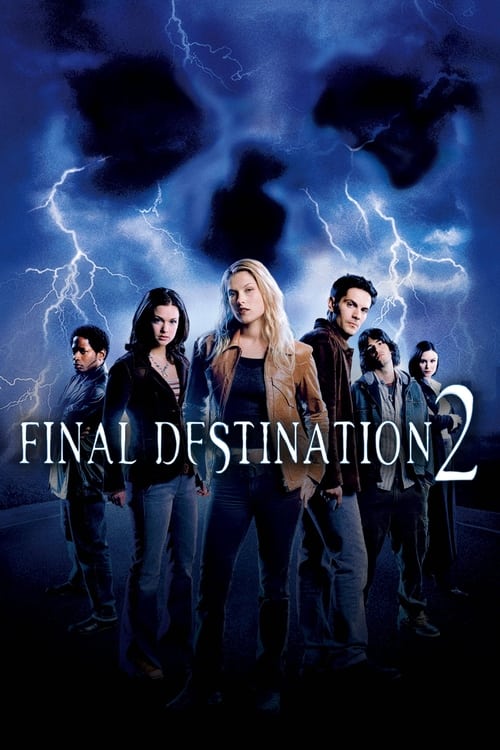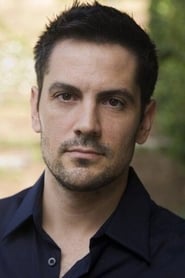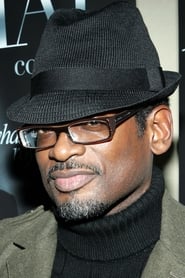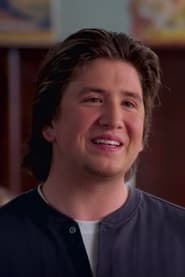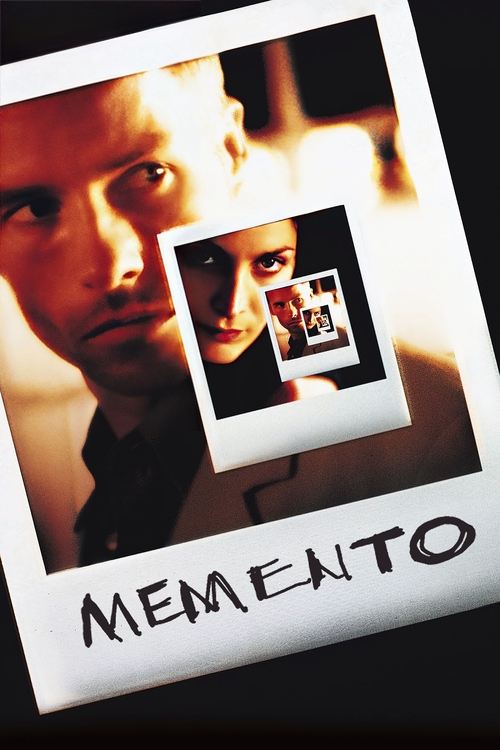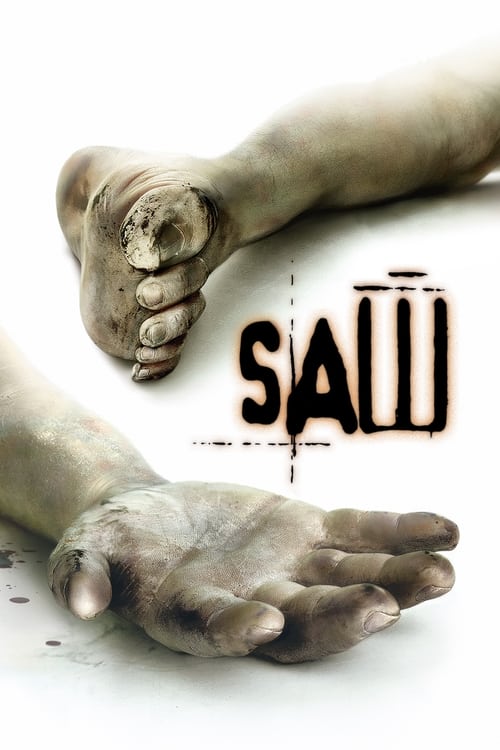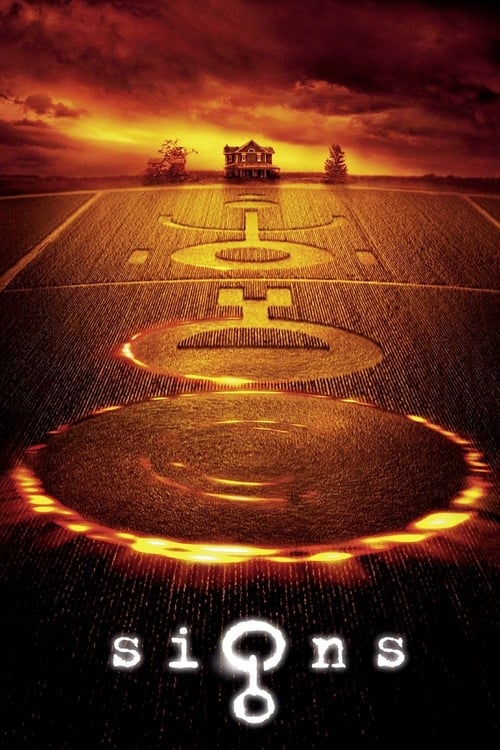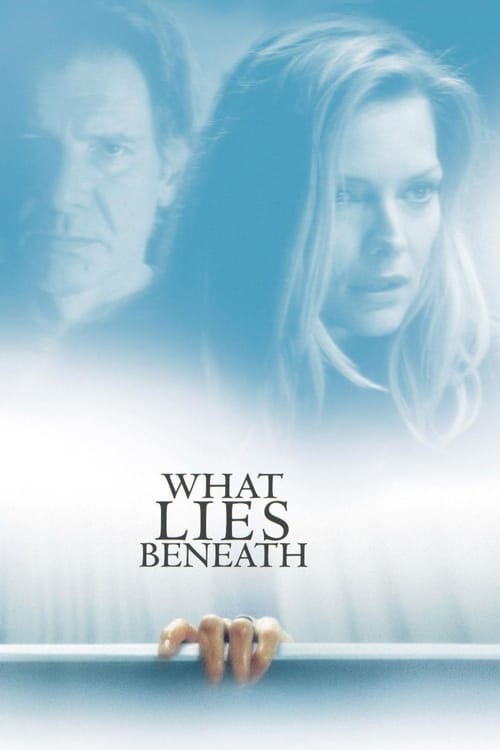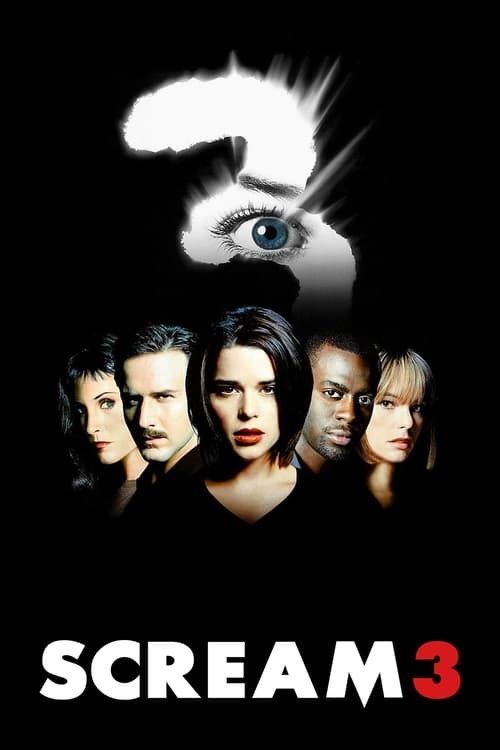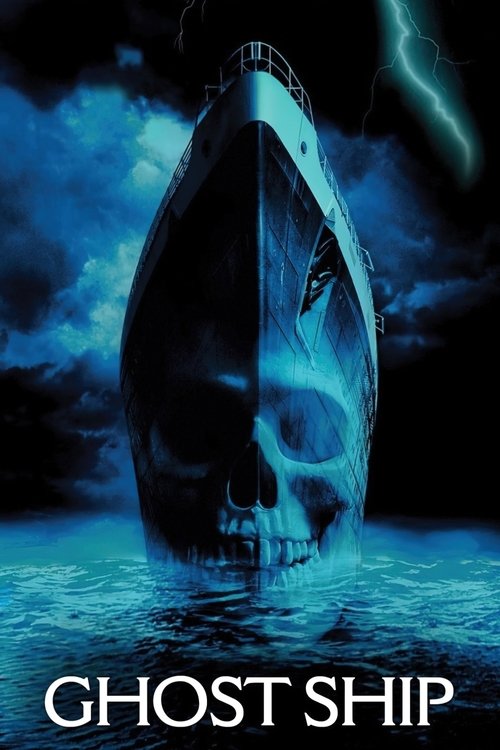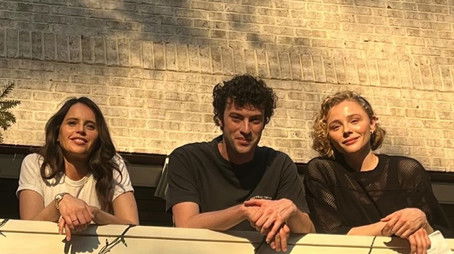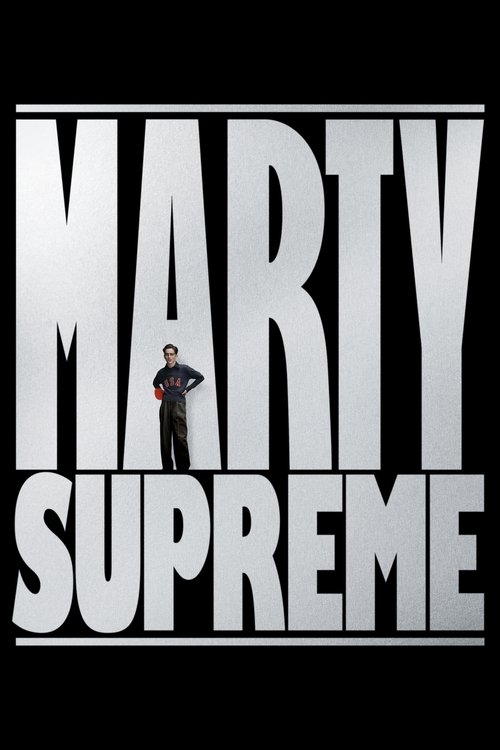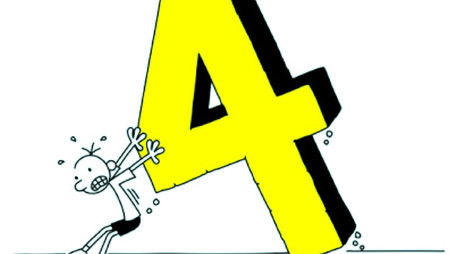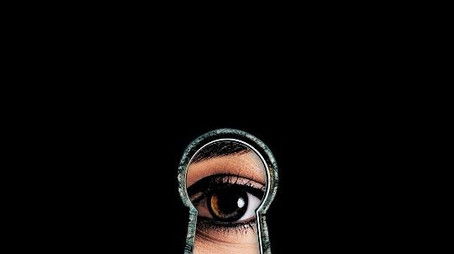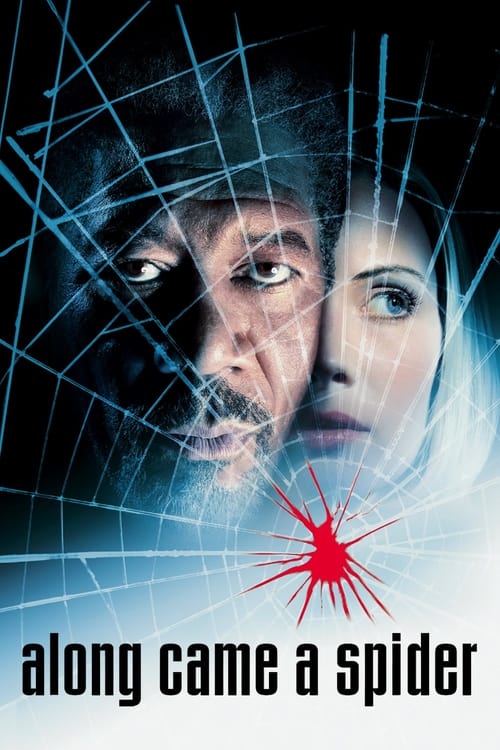
Ask Your Own Question
What is the plot?
The story begins with Kimberly Corman, a college student, driving with her friends Shaina, Dano, and Frankie on the entrance ramp to U.S. Route 23, heading to Daytona Beach, Florida, for spring break. Suddenly, Kimberly experiences a harrowing premonition: a logging truck on the highway loses its cargo, triggering a catastrophic multi-vehicle pile-up. She sees in vivid detail the chaos as logs fly through the air, smashing windshields and crushing cars, including her own. The vision is so intense that she instinctively slams on the brakes, stalling her car and blocking the on-ramp, preventing several vehicles from entering the highway.
Among those stopped behind Kimberly's car are state trooper Thomas Burke, high school teacher Eugene Dix, stoner Rory Peters, businesswoman Kat Jennings, widowed mother Nora Carpenter and her teenage son Tim, lottery winner Evan Lewis, and pregnant delivery driver Isabella Hudson. Kimberly urgently warns Thomas Burke about the impending disaster, but despite her efforts, the pile-up unfolds exactly as she foresaw. A massive car carrier crashes into Kimberly's vehicle, instantly killing her friends Shaina, Dano, and Frankie in a fiery explosion. Burke pulls Kimberly to safety just in time, saving her life.
The survivors are shaken but alive, each spared from the crash by Kimberly's intervention. However, the nightmare is far from over. Evan Lewis returns to his apartment, where a series of small but deadly incidents unfold. While cooking dinner, his stovetop ignites a fire. In his frantic attempt to escape, Evan's hand becomes stuck in the kitchen sink's garbage disposal because of his Rolex watch. The fire spreads rapidly, forcing him to break a window and flee down the fire escape. Just as he seems to have escaped, the fire escape ladder detaches and falls, impaling him fatally on the head. This death, though seemingly accidental, is part of Death's intricate design, using everyday objects as instruments of demise.
Realizing that Death is stalking the survivors in a pattern reminiscent of the Flight 180 disaster a year earlier, Kimberly seeks out Clear Rivers, the sole survivor of that previous tragedy. Clear has secluded herself in a psychiatric ward, haunted by the deaths of her friends and the relentless pursuit of Death. Clear explains that Death kills the survivors in the order they would have died in the original accident, but in this case, the sequence is reversed--Kimberly's friends died before Evan, unlike her premonition. Clear warns Kimberly to watch for omens and try to save herself, but cautions that Thomas Burke's rescue of Kimberly only places her next in Death's deadly sequence.
As the survivors return to their homes, Death's design continues to claim victims in gruesome and elaborate ways. Kat Jennings dies trapped under a fallen tree log during a car crash; the airbag deploys, propelling her head through a jagged PVC pipe, a fatal injury orchestrated by Death's unseen hand. Rory Peters meets his end in the same crash scene when a gasoline explosion rips through his car, and a barbed wire fence slices him gruesomely. Nora Carpenter and her son Tim die in a devastating car accident caused by a chain of events linked to Death's design, their deaths echoing the inevitability of fate.
Kimberly and Thomas Burke work desperately to understand and outwit Death's plan. They consult with William Bludworth, the mortician who cryptically reveals that new life can interrupt Death's design, hinting that Isabella Hudson's pregnancy might be a key to survival. The survivors cling to this hope as they try to protect Isabella from the deadly pattern.
The tension escalates to the film's climax in a hospital, where Eugene Dix, Clear Rivers, and Isabella Hudson have converged. Eugene becomes trapped in his hospital bed, suffocating as an oxygen-rich fire engulfs the ward. Clear Rivers dies in the same inferno, both victims of Death's relentless pursuit. Isabella, pregnant and vulnerable, also perishes in the hospital fire, shattering the survivors' hope for a loophole.
Faced with the unyielding force of Death's design, Kimberly has a final, desperate vision of her own death by drowning. Determined to break the cycle, she deliberately drives her car into a lake, attempting to sacrifice herself. Rescue workers pull her from the water and resuscitate her, reviving her and symbolically fulfilling the loophole that new life--or rebirth--can cheat Death.
For a brief moment, it seems Kimberly and Thomas Burke have survived the deadly sequence. They visit Isabella's family for a barbecue, sharing stories of survival and narrowly avoided accidents. Kimberly recounts how she saved a neighbor, a teenager named Brian, from a farm accident. Suddenly, the atmosphere shifts as a malfunctioning barbecue grill explodes violently, tearing Brian apart. His severed arm lands on the picnic table, shocking everyone and confirming that Death's plan is far from over.
The film ends on this chilling note, with Kimberly and Burke realizing that no matter how hard they try, Death's design is an unstoppable force, continuing its deadly course beyond their control. There are no post-credits scenes, leaving the audience with the stark reminder that fate's grip remains unbroken.
What is the ending?
In the ending of Final Destination 2, the remaining survivors, Kimberly, Thomas, and a few others, believe they have escaped Death after a series of deadly events. However, they soon realize that Death is still pursuing them. In a shocking twist, they discover that Death's design is relentless, leading to a final confrontation where they face their fates. Ultimately, Kimberly and Thomas survive, but their victory is short-lived as they encounter a tragic accident that leads to their demise.
Now, let's delve into the ending in a detailed, chronological narrative.
As the film nears its conclusion, Kimberly Corman, the protagonist, is haunted by the knowledge that Death is still after her and the other survivors. After a series of harrowing events, she and Thomas Burke, along with a few others, believe they have outsmarted Death by killing one of the survivors, which they think has broken the chain of fate. They are filled with a mix of relief and anxiety, but the tension remains palpable as they try to move on with their lives.
The group gathers at a diner, where they share their experiences and the trauma they have endured. Kimberly is visibly shaken, her eyes darting around as if she can sense the impending danger. Thomas tries to reassure her, but the atmosphere is thick with dread. They discuss how they have managed to survive, but Kimberly's intuition tells her that they are not safe yet.
Suddenly, a series of ominous events unfold. A truck carrying logs drives past the diner, and Kimberly's instincts kick in. She has a vision of a horrific accident involving the logs, and she realizes that Death is still coming for them. In a frantic rush, she warns the others, but they are skeptical. The tension escalates as Kimberly's desperation grows; she knows they must act quickly to avoid the impending disaster.
As they leave the diner, the group is split up. Kimberly and Thomas rush to save the others, but they are too late. One by one, the remaining survivors meet gruesome fates. The first victim is a character named Eugene, who is crushed by a falling log after a series of chaotic events. The camera captures the horror on Kimberly's face as she realizes that Death is not done with them yet.
Next, they encounter a series of near-misses and close calls, each more intense than the last. The group tries to escape, but Death's design is relentless. The tension builds as they race against time, desperately trying to outsmart the invisible force that is hunting them down.
In a climactic moment, Kimberly and Thomas find themselves in a final showdown with Death. They manage to save a few more people, but the cost is high. The emotional weight of their struggle is palpable as they confront their fears and the reality of their situation.
Ultimately, Kimberly and Thomas believe they have finally escaped Death's grasp. They share a moment of relief, but it is short-lived. In a shocking twist, they are involved in a tragic accident at a train crossing, where they are struck by a train. The screen fades to black, leaving the audience with a chilling reminder that Death is always lurking, waiting for its next opportunity.
In the end, Kimberly and Thomas, who fought so hard to survive, meet their fates in a cruel twist of irony. The film closes with the haunting realization that no one can truly escape Death, and the cycle of fate continues, leaving viewers with a sense of dread and inevitability.
Is there a post-credit scene?
In "Final Destination 2," there is no post-credit scene. The film concludes with a tense and dramatic ending that leaves viewers with a sense of dread about the inevitability of death. After the main characters, Kimberly and her friends, believe they have outsmarted Death by surviving a series of deadly events, the film ends with a shocking twist. The final scene shows Kimberly and her friend, who have escaped their fates, being involved in a car accident that leads to a fatal outcome, reinforcing the theme that Death cannot be cheated. The absence of a post-credit scene maintains the film's dark tone and leaves the audience with lingering questions about fate and survival.
What event triggers the chain of deaths in Final Destination 2?
The chain of deaths in Final Destination 2 is triggered by a massive pile-up on a highway, which is set in motion when Kimberly Corman has a premonition of the accident. In her vision, she sees a series of horrific crashes involving multiple vehicles, leading to a catastrophic explosion.
How does Kimberly Corman try to prevent the deaths of her friends?
After her premonition, Kimberly Corman rushes to the highway to warn the people she saw in her vision. She manages to save several individuals, including her friends, but soon realizes that Death is still pursuing them, and she must find a way to prevent their fates.
What role does Clear Rivers play in the sequel?
Clear Rivers, the sole survivor from the first film, plays a crucial role in Final Destination 2. She is living in isolation, haunted by her past experiences. When Kimberly seeks her help, Clear provides insight into how Death operates and the importance of understanding the pattern of the deaths.
How does the character Eugene die in the film?
Eugene dies in a particularly gruesome manner. After surviving several near-death experiences, he is ultimately killed when a falling piece of debris from a construction site impales him, showcasing the relentless nature of Death's design.
What is the significance of the 'Death's design' concept in the film?
The concept of 'Death's design' is significant as it illustrates the idea that Death has a predetermined plan for each character. Throughout the film, characters attempt to cheat death, but they soon realize that they cannot escape their fates, as Death finds creative and ironic ways to claim them.
Is this family friendly?
Final Destination 2 is not considered family-friendly due to its intense themes and graphic content. Here are some potentially objectionable or upsetting aspects that may affect children or sensitive viewers:
-
Graphic Death Scenes: The film features several elaborate and gruesome death sequences that depict characters dying in horrific and often unexpected ways. These scenes can be quite shocking and disturbing.
-
Themes of Death and Fate: The central premise revolves around the concept of death being inescapable, which can be unsettling for younger audiences. The characters grapple with fear and anxiety about their mortality.
-
Violence and Gore: There are moments of intense violence, including blood and injury, which may be distressing. The film does not shy away from showing the aftermath of fatal accidents.
-
Psychological Tension: The characters experience significant psychological stress and paranoia as they try to evade death, which may be overwhelming for some viewers.
-
Mature Language: The dialogue includes strong language and adult themes that may not be suitable for younger audiences.
Overall, the film's focus on death, combined with its graphic content, makes it more appropriate for mature viewers.

